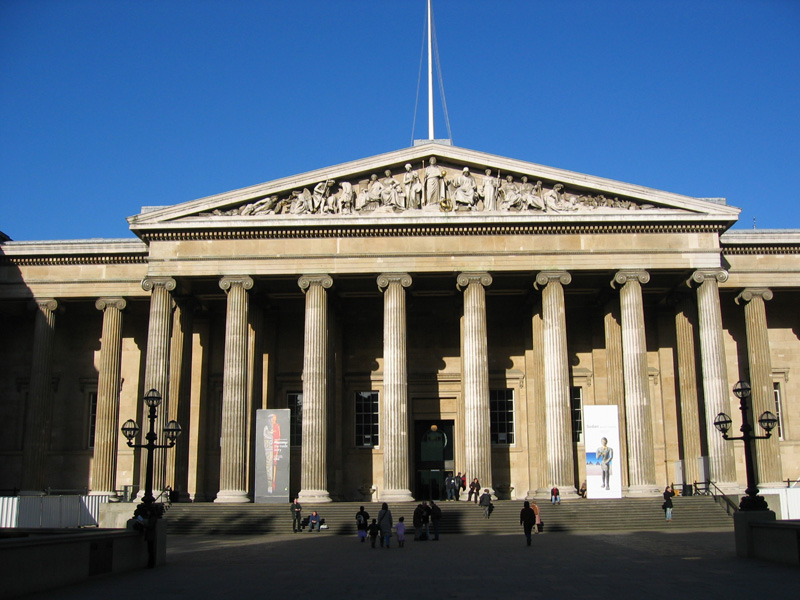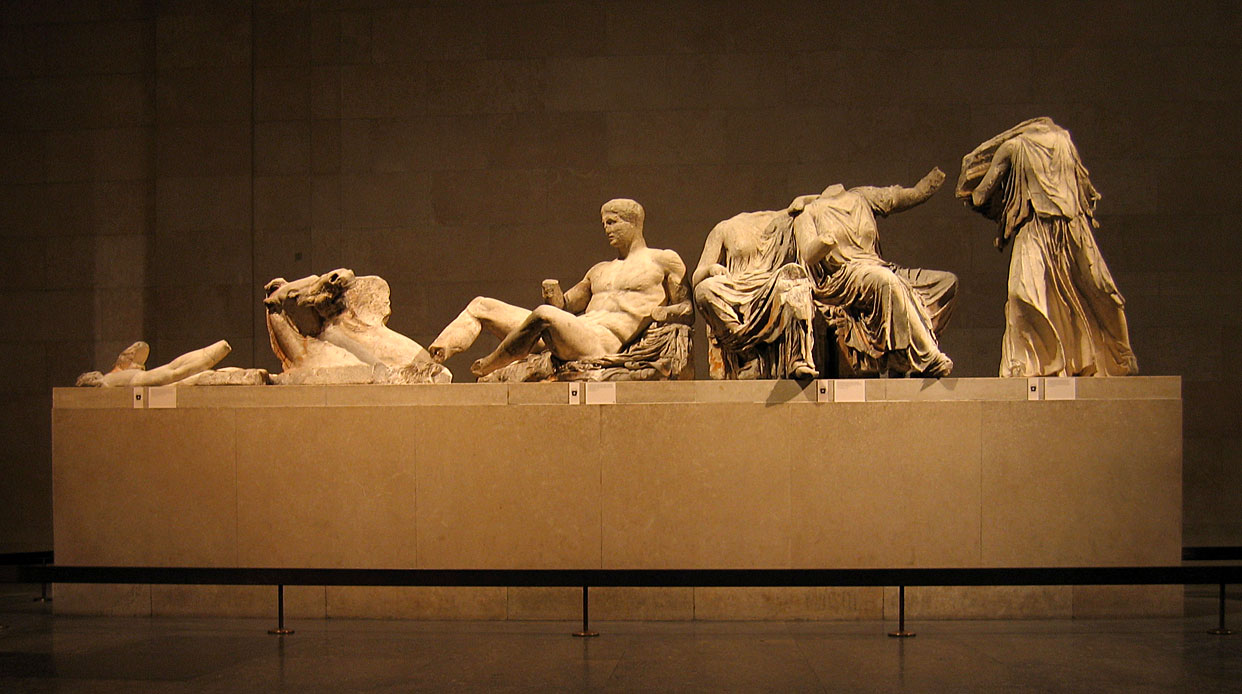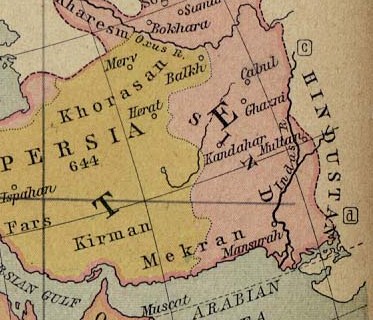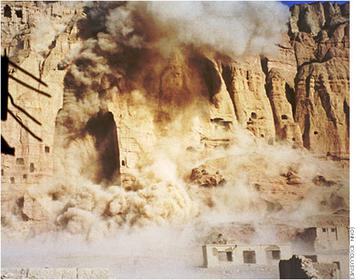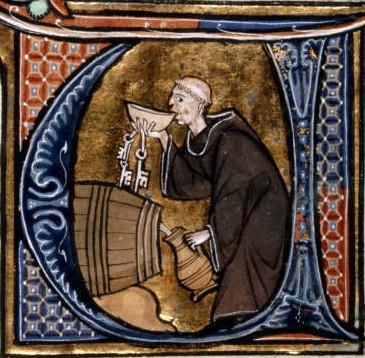“(...) the greatest glory of a building is not in its stones, nor in
its gold. Its glory is in its Age, and in that deep sense of
voicefulness, of stern watching, of mysterious sympathy, nay, even of
approval or condemnation, which we feel in walls that have long been
washed by the passing waves of humanity.”
John Ruskin, 'The Lamp of Memory', The Seven Lamps of Architecture (1849)
John Ruskin, 'The Lamp of Memory', The Seven Lamps of Architecture (1849)
 |
| Shipwreck on Inis Oirr, Arran Islands, Ireland |
Shipwrecks, castle ruins, decaying gravestones; we seem to be endlessly inspired by these reminders of age and the finite nature of humanity. The more isolated and abandoned, the better. It cannot be denied that stumbling across those remnants of fashioned rock that had once been a farmhouse or chapel bring out a glimpse of the poet and artist in all of us. Shakespeare's historical plays and tragedies that inhabit ruinous landscapes, Pre-Raphaelite paintings in crumbling architectural settings, decay has been a prominent theme throughout the artistic development of the Western world.
 |
| 'Love Among Ruins' Edward Coley Burne Jones |
In recent years there has been a growing trend in ruin photography and so called 'Urban Explorers' who venture into abandoned tube stations and old factories to revel in the picturesque decay and sense of adventure. Last year, a series of photographs focusing on the ruins of Detroit, once the industrial heart of America, birthed the term 'Ruin Porn', a critical response to the exploitation of abandoned buildings for artistic self-indulgence.
 |
| The United Artists Theater, Detroit |
What is about decay that we find so fascinating? We are aware of and threatened by our own mortality, but when confronted with the process in the form of architecture we celebrate that which, in 1762, Lord Kames declared as '...a triumph of time over strength, a melancholy but not unpleasant thought'.
In Rose Macauley's much admired work 'The Pleasure of Ruins,' she considers the psychological reasoning behind this fascination. She writes that 'Ruin is always over-stated; it is part of the ruin-drama staged perpetually in the human imagination, half of whose desire is to build up, while the other half smashes and levels to the earth'. So, could our ruin lust be rooted in a sort of philosophical vertigo? Or is it purely the sense of nostalgia? I am torn myself between declaring it as a subconscious association with age or simply memory.
Some time ago, a small group of us was walking on Carnned Llewellyn, a mountain in North Wales. As we walked along the slope below the ridge that connects the mountain to Carnned Dafydd, we stumbled across a scattering of rusted Ironwork. There were pieces thrown all over the side of the mountain, mostly embedded in the ground through time. A member of the party declared it as being parts of an aircraft, probably some kind of bomber.
 | |
| A bit of wing and some undercarriage structure, maybe.... |
There was something wonderfully surreal about those scatterings of human industry contrasted with the wild landscape. It almost felt as if we had come across skeletal human remains.
On returning home, we researched it immediately. We discovered that the crash had occurred in the late hours of March 14th 1950 on a cross country exercise. Six people were tragically killed in the accident. There are a wealth of aircraft wreckage sites on Mountainsides in the UK. You can find the link to the story and others here.
Had the remains been stored in a museum, with the aid of an information screen, it is very unlikely that we would have any interest at all. However, the fact that the remains of the tragedy were left to decay on the site of their demise for over fifty years is rather Romantic, albeit Macabre. We may be fascinated in such discoveries due to their sense of 'abandonment' and 'forgotteness', but this is a delusion, their position sparks the interest of all passers by, immortalizing the memory of the lives lost.
“The ideas ruins evoke in me are grand. Everything comes to nothing,
everything perishes, everything passes, only the world remains, only
time endures. How old is the world! I walk between two eternities”
Denis Diderot (1767)
 |
| A New Zealander observes the archaic ruins of London (Gustave Dore, 1872) |







.jpg)
